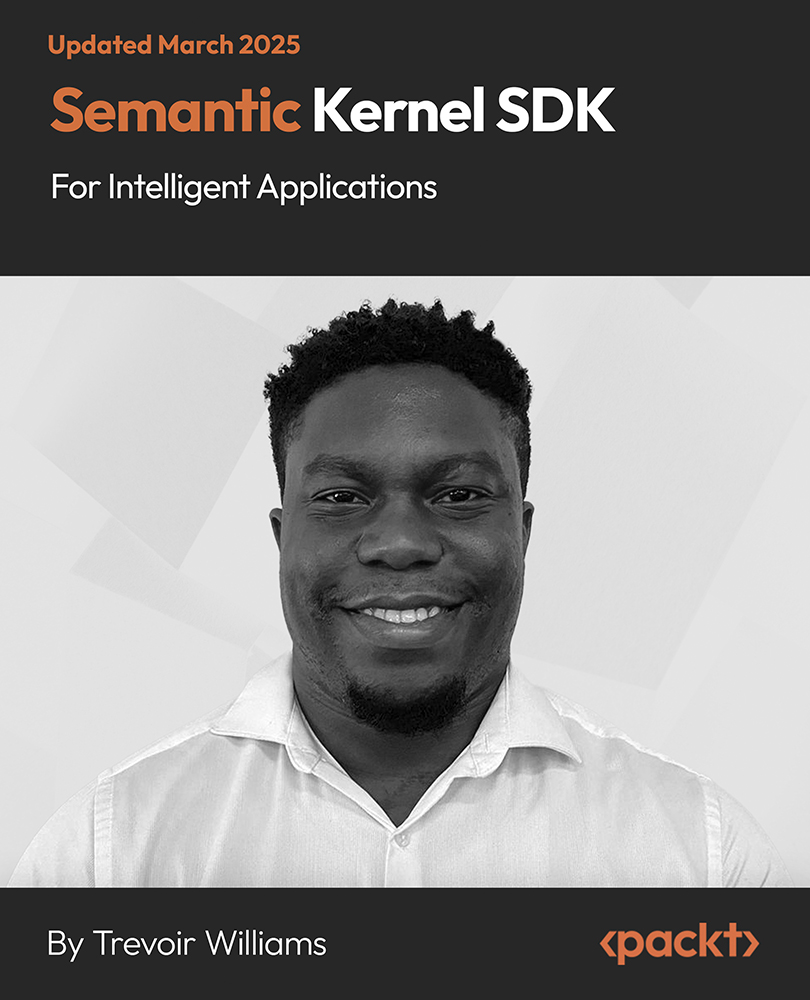After everything we've just been through together, you'll be pleased to see how straightforward installing TensorFlow and Keras now is.
Let's start with installing TensorFlow
The installation of TensorFlow can be done using the following code:
pip install --upgrade tensorflow-gpu
Be sure to pip install tensorflow-gpu. If you pip install TensorfFow (without -gpu), you will install the CPU-only version.
Before we install Keras, let's test our TensorFlow installation. To do this, I'll be using some sample code from the TensorfFow website and the IPython interpreter.
Start the IPython interpreter by typing IPython at the bash prompt. Once IPython has started, let's attempt to import TensorFlow. The output would look like the following:
In [1]: import tensorflow as tf
In [2]:
If importing TensorFlow results in an error, troubleshoot the steps you have followed so far. Most often when TensorFlow cannot be imported, the CUDA or cuDNN might not be installed correctly.
Now that we've successfully installed TensorFlow, we will run a tiny bit of code in IPython that will verify we can run computations on the GPU:
a = tf.constant([1.0,</span> 2.0, 3.0, 4.0, 5.0, 6.0], shape=[2, 3], name='a')
b = tf.constant([1.0, 2.0, 3.0, 4.0, 5.0, 6.0], shape=[3, 2], name='b')
c = tf.matmul(a, b)
sess = tf.Session(config=tf.ConfigProto(log_device_placement=True))
print(sess.run(c))
If everything goes as we hope, we will see lots of indications that our GPU is being used. I have included some output here and highlighted the evidence to draw your attention to it. Your output will likely be different based on hardware, but you should see similar evidence the one shown here:
/job:localhost/replica:0/task:0/device:GPU:0 -> device: 0, name: Tesla K80, pci bus id: 0000:00:1e.0, compute capability: 3.7
MatMul: (MatMul): /job:localhost/replica:0/task:0/device:GPU:0
: I tensorflow/core/common_runtime/placer.cc:874] MatMul: (MatMul)/job:localhost/replica:0/task:0/device:GPU:0
b: (Const): /job:localhost/replica:0/task:0/device:GPU:0
: I tensorflow/core/common_runtime/placer.cc:874] b: (Const)/job:localhost/replica:0/task:0/device:GPU:0
a: (Const): /job:localhost/replica:0/task:0/device:GPU:0
: I tensorflow/core/common_runtime/placer.cc:874] a: (Const)/job:localhost/replica:0/task:0/device:GPU:0
[[ 22. 28.]
[ 49. 64.]]
In the preceding output, we can see that tensors a and b, as well as the matrix multiplication operation, were assigned the the GPU. If there was a problem with accessing the GPU, the output might look as follows:
I tensorflow/core/common_runtime/placer.cc:874] b_1: (Const)/job:localhost/replica:0/task:0/device:CPU:0
a_1: (Const): /job:localhost/replica:0/task:0/device:CPU:0
I tensorflow/core/common_runtime/placer.cc:874] a_1: (Const)/job:localhost/replica:0/task:0/device:CPU:0
Here we can see the tensors b_1 and a_1 were assigned to the CPU rather than the GPU. If this happens there is a problem with your installation of TensorFlow, CUDA, or cuDNN.
If you've made it this far, you have a working installation of TensorFlow. The only remaining task is to install Keras.
The installation of Keras can be done with the help of the following code:
pip install keras
And that's it! Now we're ready to build deep neural networks in Keras and TensorFlow.
This might be a great time to create a snapshot or even an AMI of your EC2 instance, so that you don't have to go through this installation again.
 United States
United States
 Great Britain
Great Britain
 India
India
 Germany
Germany
 France
France
 Canada
Canada
 Russia
Russia
 Spain
Spain
 Brazil
Brazil
 Australia
Australia
 Singapore
Singapore
 Hungary
Hungary
 Ukraine
Ukraine
 Luxembourg
Luxembourg
 Estonia
Estonia
 Lithuania
Lithuania
 South Korea
South Korea
 Turkey
Turkey
 Switzerland
Switzerland
 Colombia
Colombia
 Taiwan
Taiwan
 Chile
Chile
 Norway
Norway
 Ecuador
Ecuador
 Indonesia
Indonesia
 New Zealand
New Zealand
 Cyprus
Cyprus
 Denmark
Denmark
 Finland
Finland
 Poland
Poland
 Malta
Malta
 Czechia
Czechia
 Austria
Austria
 Sweden
Sweden
 Italy
Italy
 Egypt
Egypt
 Belgium
Belgium
 Portugal
Portugal
 Slovenia
Slovenia
 Ireland
Ireland
 Romania
Romania
 Greece
Greece
 Argentina
Argentina
 Netherlands
Netherlands
 Bulgaria
Bulgaria
 Latvia
Latvia
 South Africa
South Africa
 Malaysia
Malaysia
 Japan
Japan
 Slovakia
Slovakia
 Philippines
Philippines
 Mexico
Mexico
 Thailand
Thailand

















